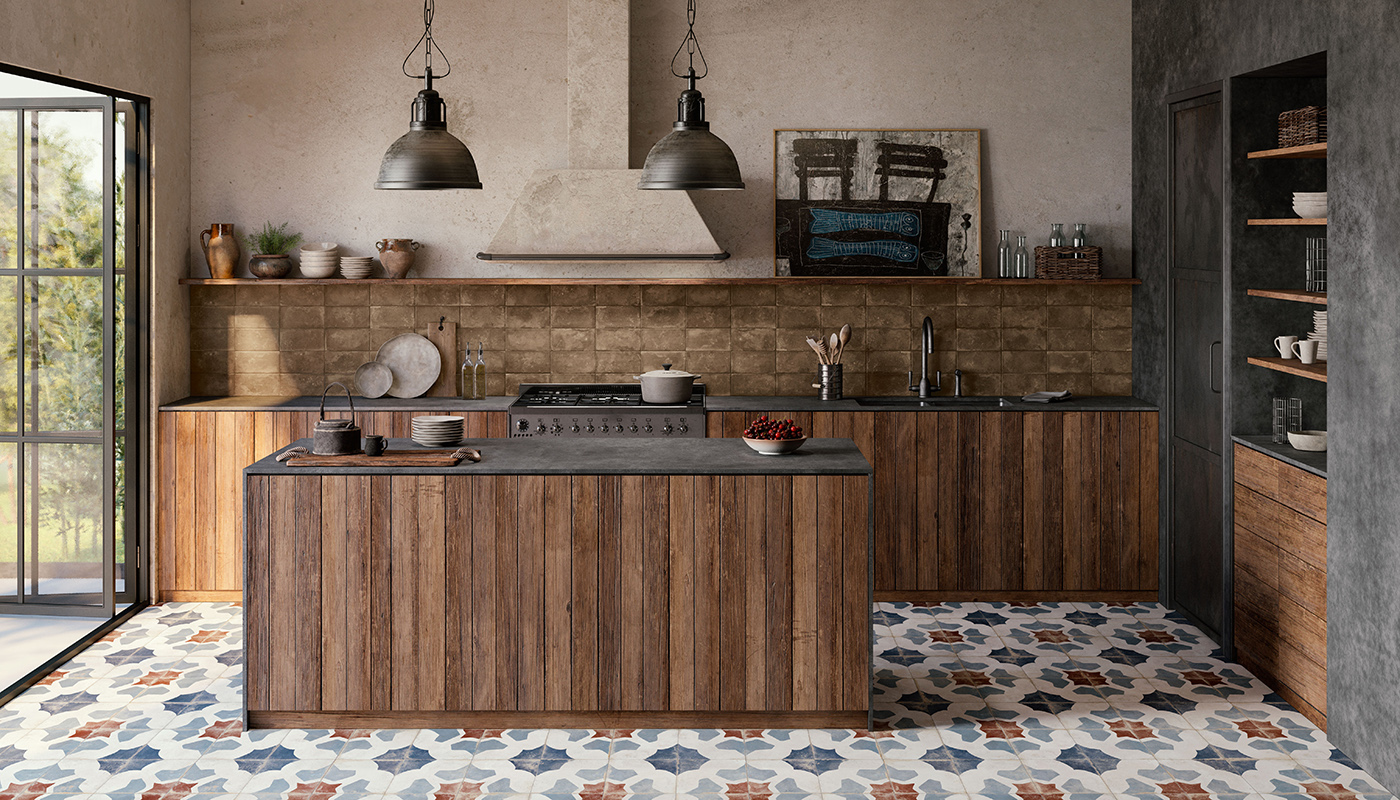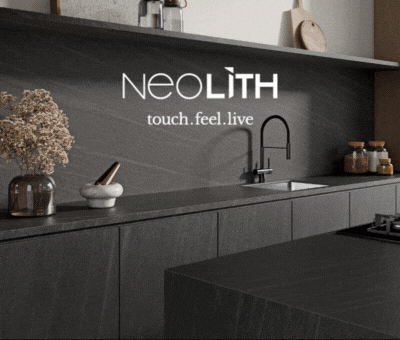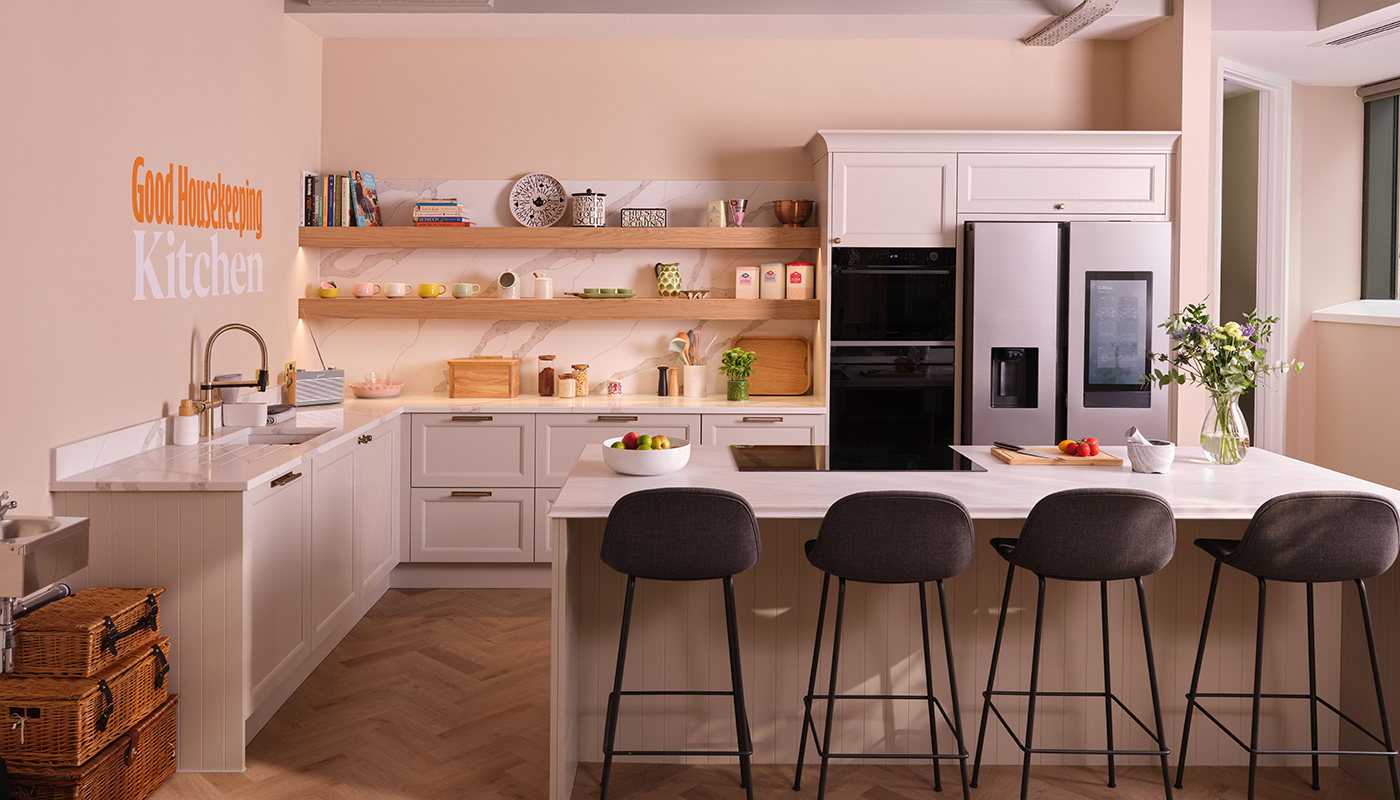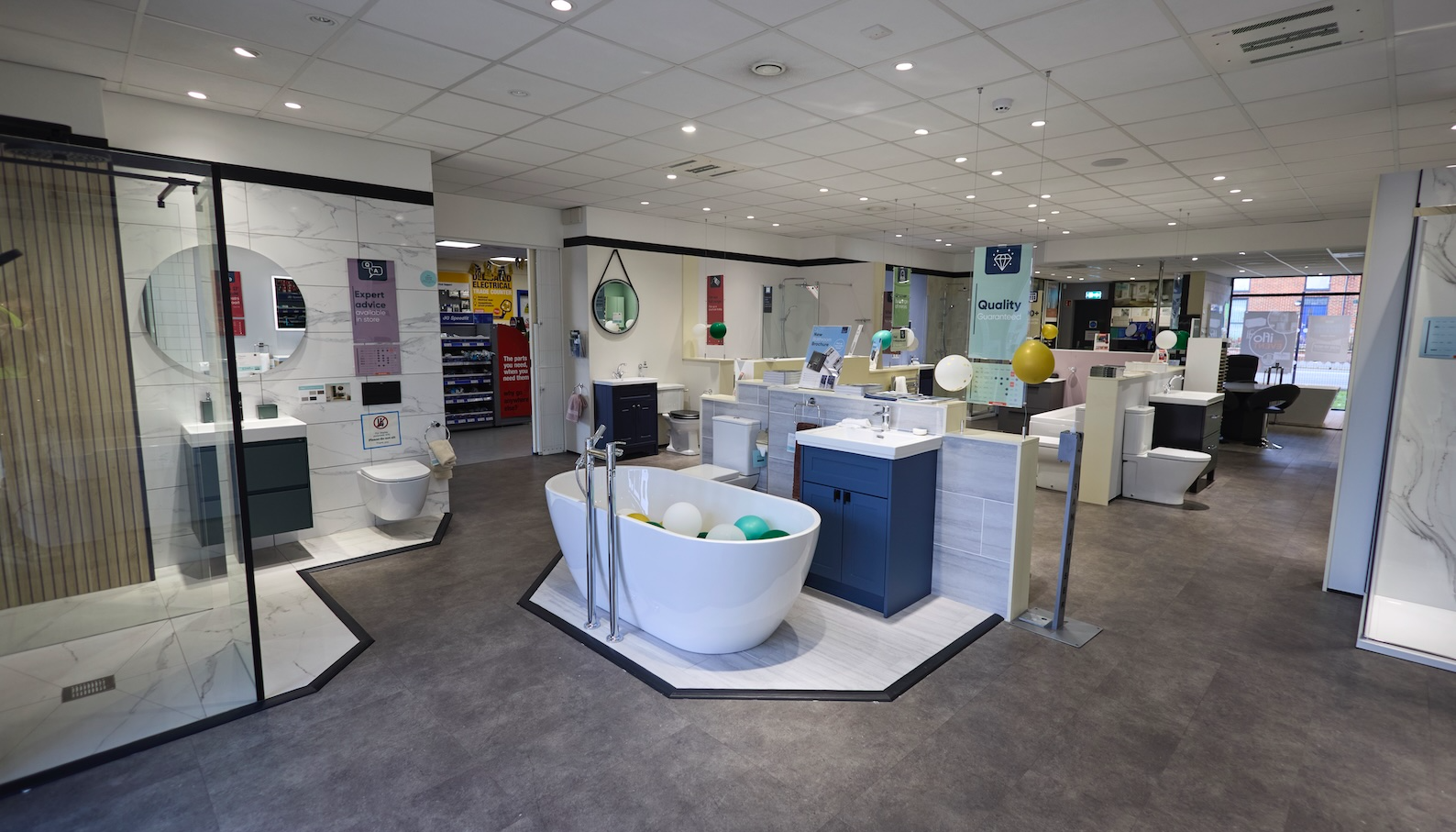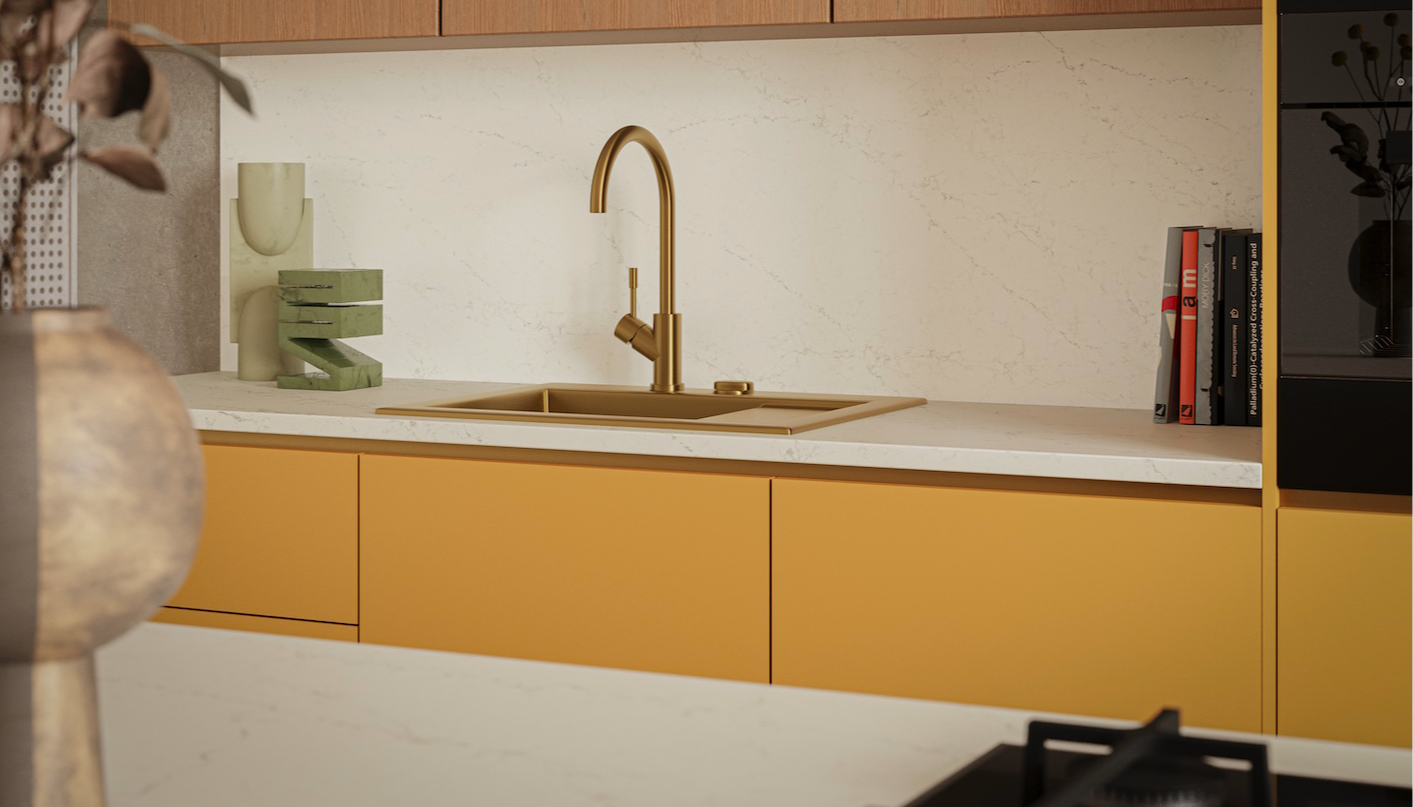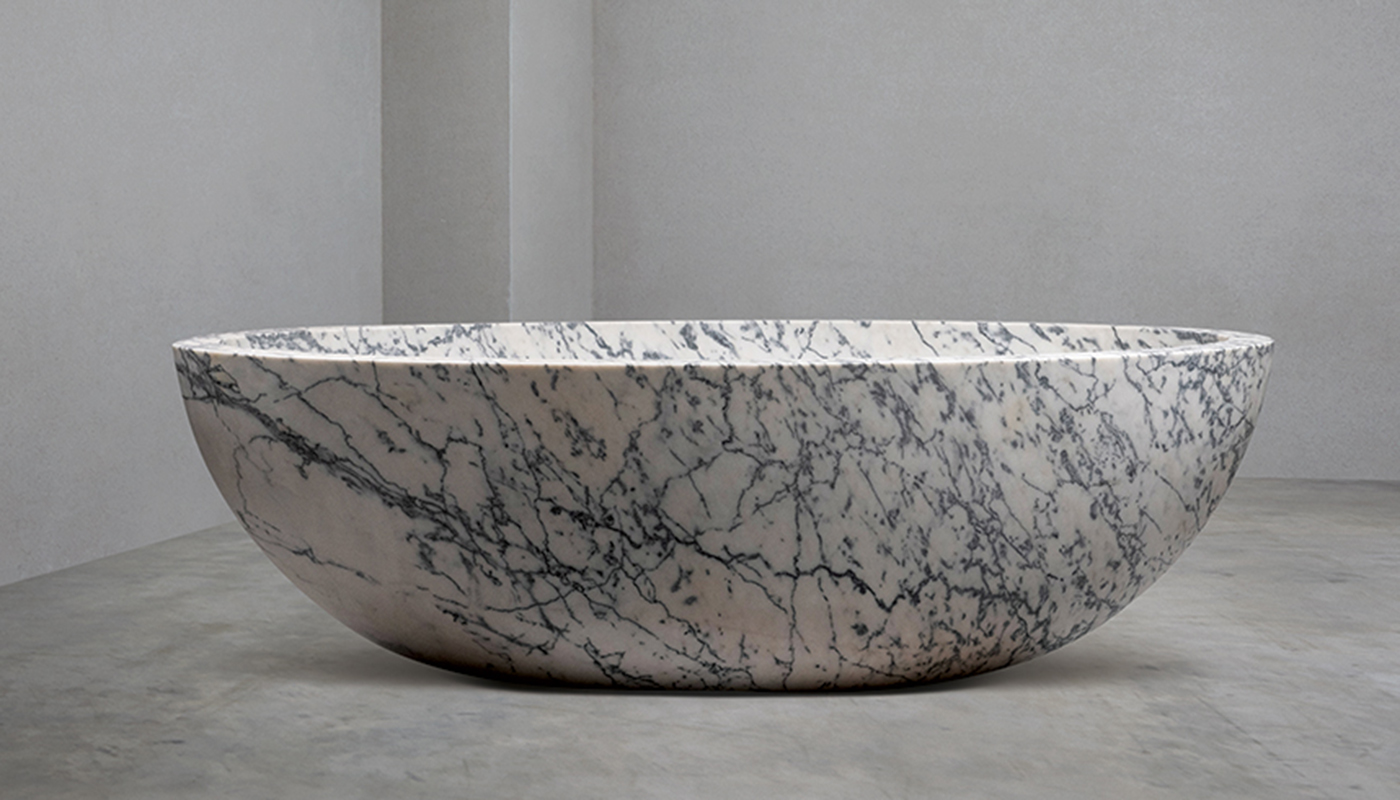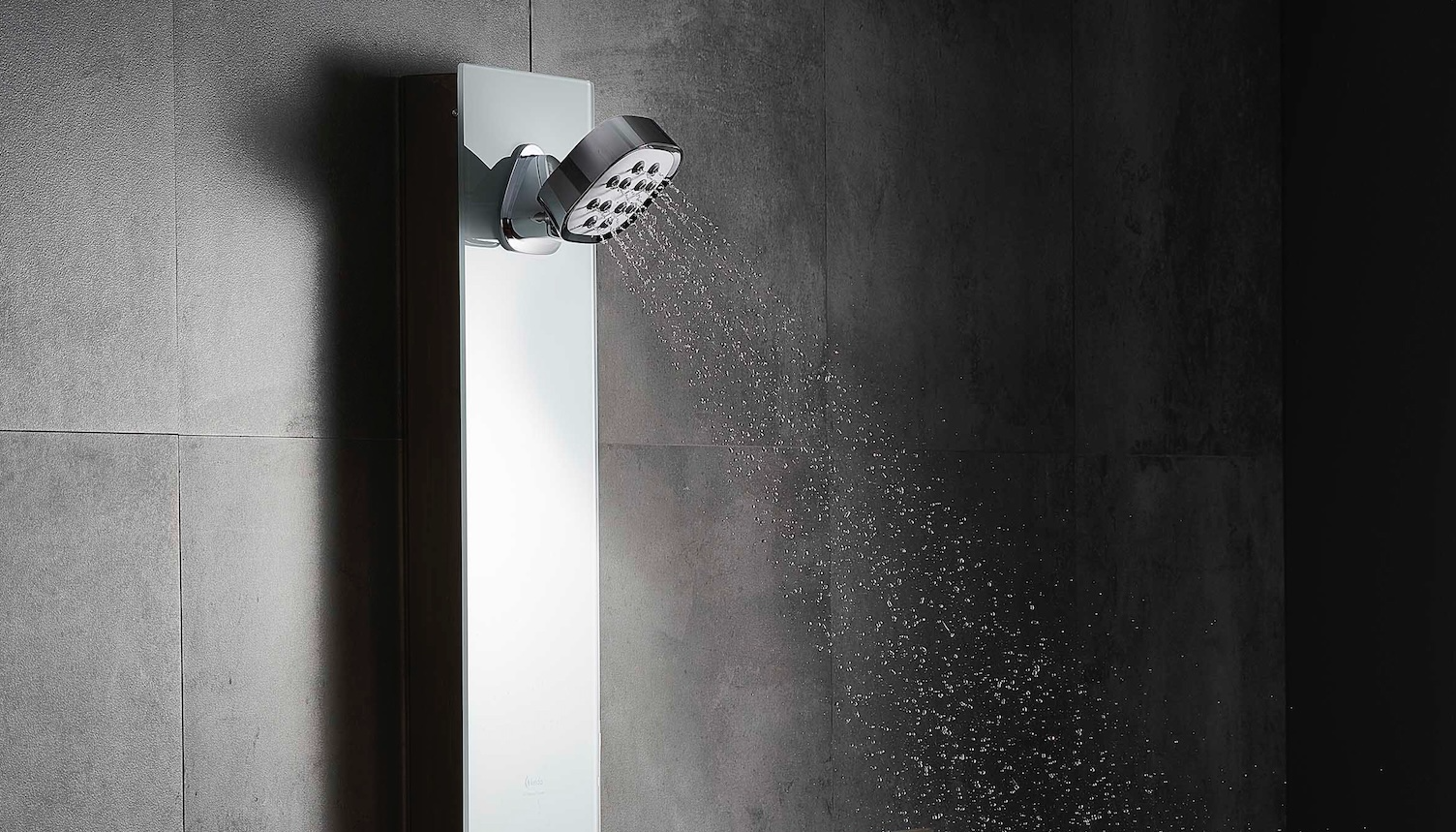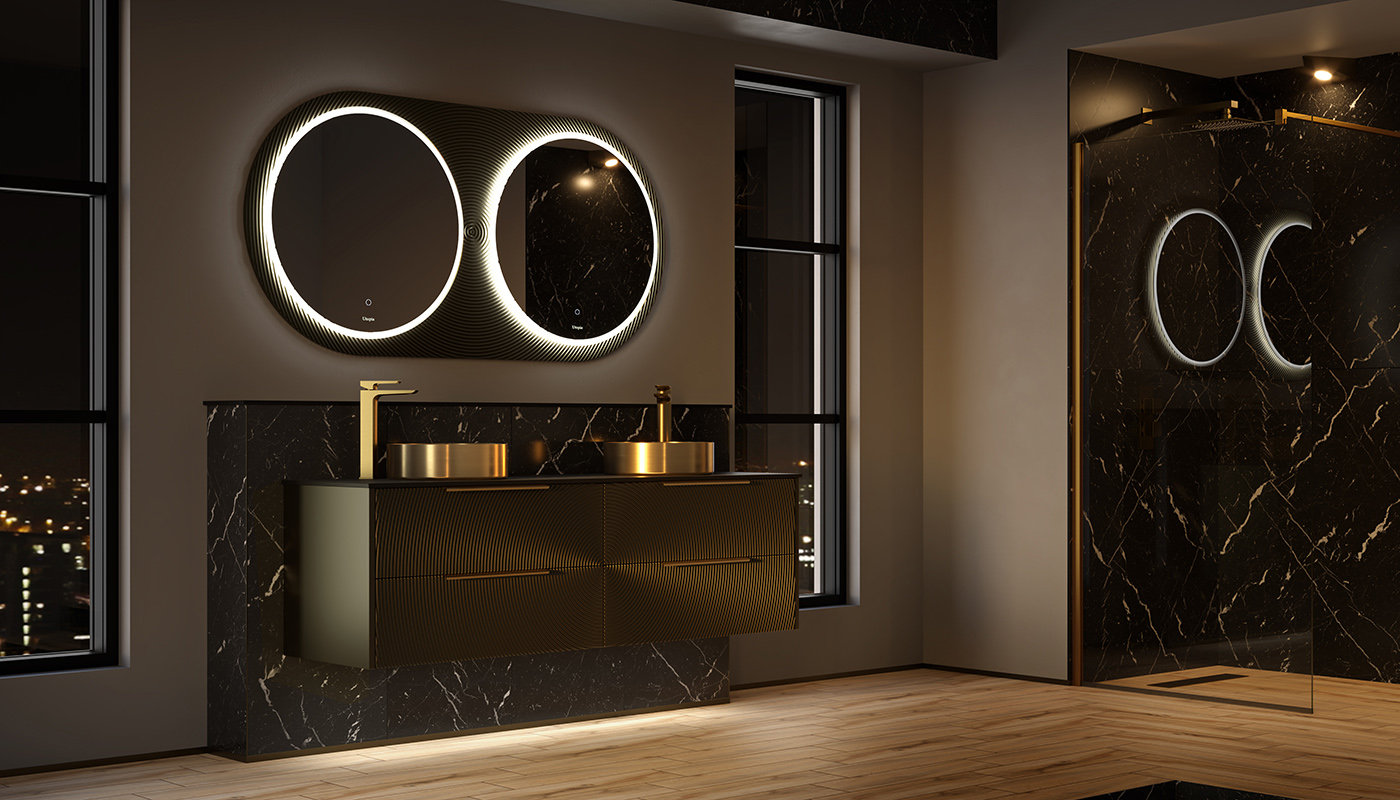How the latest office furniture can blend into spaces in the home
Tue 14th Jun 2022 by Nicola Hanley
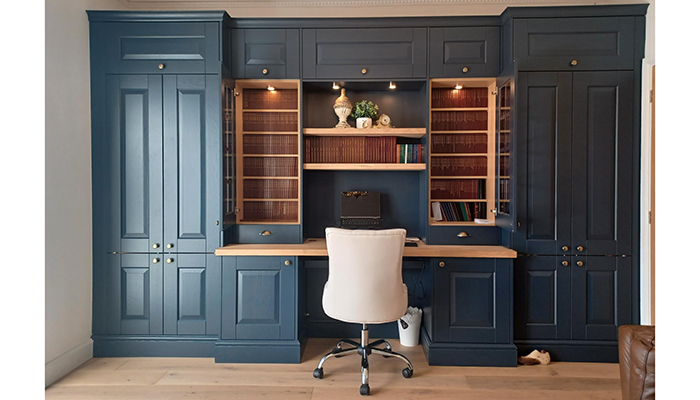
How the latest office furniture can blend into spaces in the home
With working from home driving demand for office furniture, designers are creating flexible office spaces that fit seamlessly within kitchens, bedrooms and living areas. Nicola Hanley investigates.
With people keen to maintain a better work-life balance, home working, in some form, it seems, is here to stay. It’s good news for the KBB sector as sales of office furniture have soared since remote working became more mainstream and homeowners are increasingly looking for expert advice and creative home office solutions.
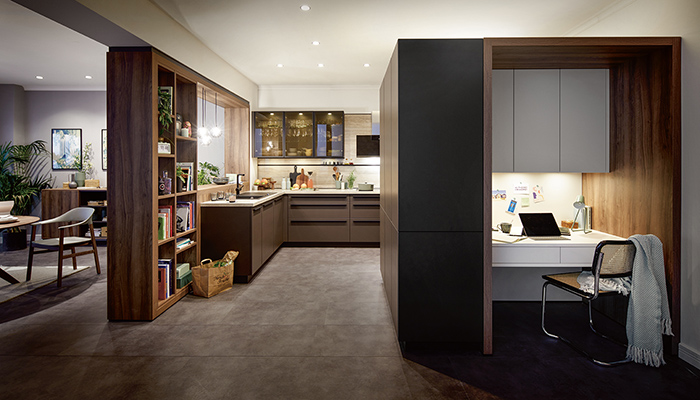
“There are only a limited number of homeowners that have the luxury of additional space in their homes to repurpose an entire room to become a study or home office,” says Simon Taylor, MD at Simon Taylor Furniture. “Since 2020, furniture makers like us have had to devise intelligent solutions to answer the growing demand for dedicated workstations in properties that do not have a vast amount of space.”
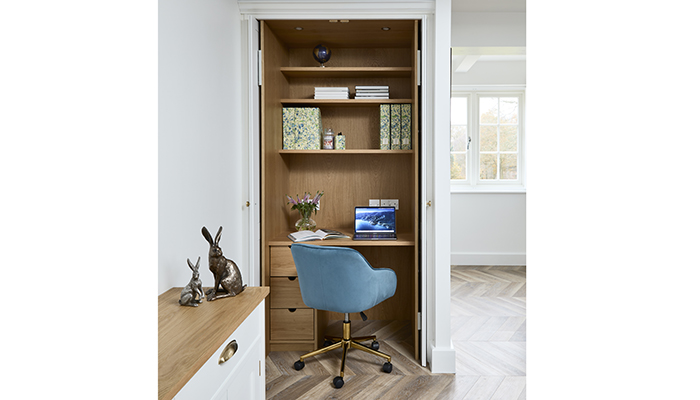
Steve Tough, commercial sales director at Masterclass Kitchens, agrees: “Since the pandemic began and working from home became the norm, we have noticed that our customers are choosing to incorporate or rather extend their kitchen design into other areas of their home to embrace the new life that involves working from home. We have seen a rise in our furniture being used in various areas of the home. We believe the most effective design allows the customer’s home to flow seamlessly from kitchen, dining, living and office areas.”
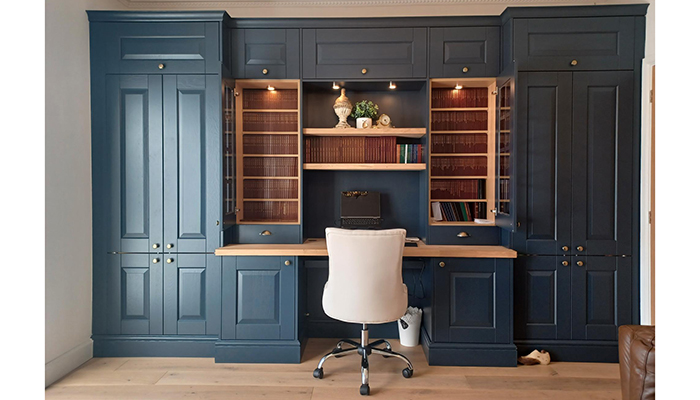
A cohesive design is key according to Tony McCarthy, commercial director at Crown Imperial. “In recent years there has been a growing trend towards fusion living as consumers look to create a holistic design across shared spaces. Multifunctional kitchen and bedroom designs offer the opportunity to incorporate a home office, whether a simple desk space or utilising a single wall with a mini workstation and tiered storage. Mixing and matching open and closed cabinetry ensures a balance of concealing files and providing easy access to daily office essentials.”
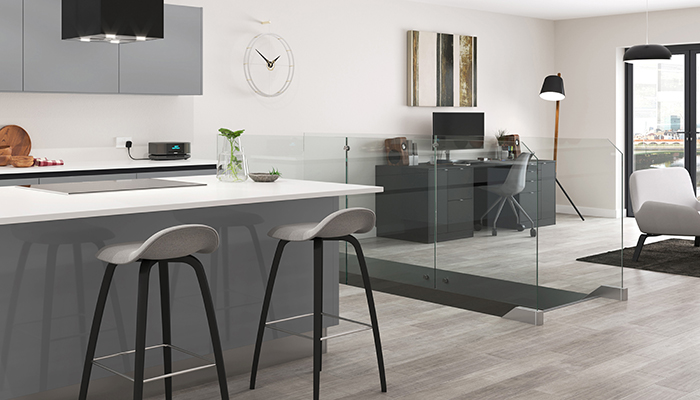
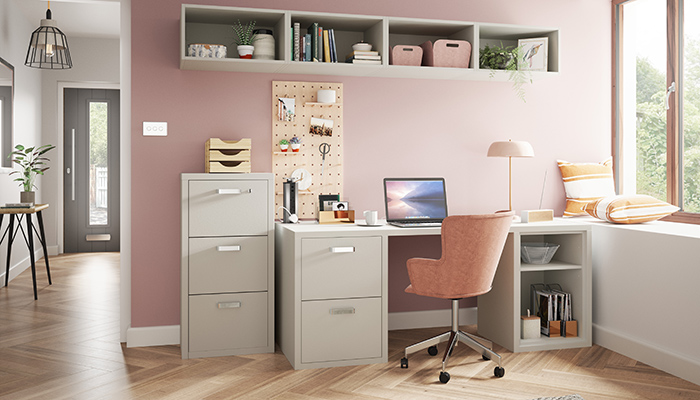
Regardless of how stylish the desk is, some consumers won’t want it on view permanently. “It can be an unwelcome reminder of work and make it harder to switch off at the end of the day,” says Brani Hadzhi, showroom manager, Scavolini by Multiliving. “This is particularly the case for those in smaller homes or apartments where they must live and work in the same room. Concealing the desk behind pocket or sliding doors means you can literally close the door on the end of the working day, so the room becomes a space for living again.”
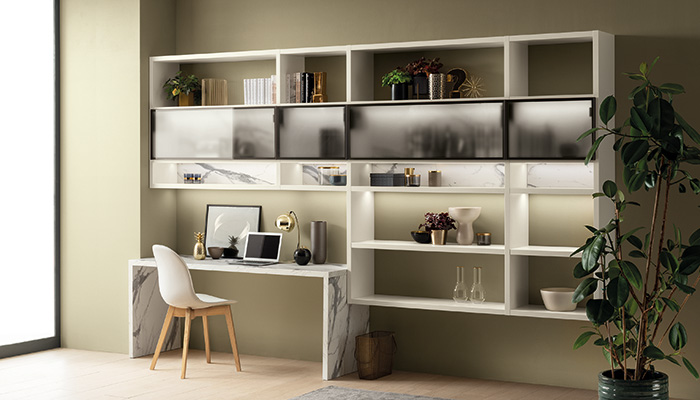
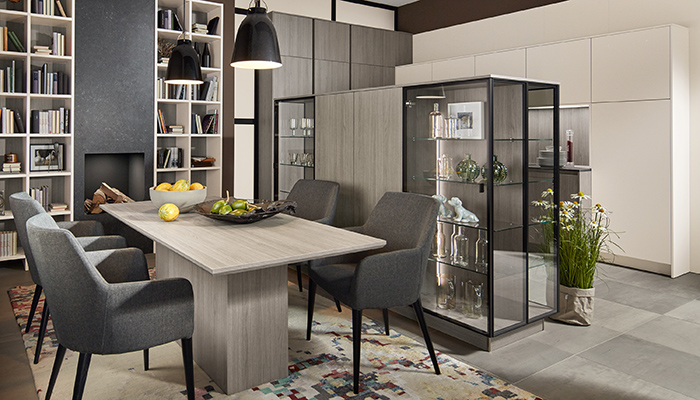
For Richard Turner, Pronorm’s national sales manager for the UK & Ireland, the rise in broken-plan living taps into the working from home trend perfectly. “Home offices incorporated into broken-plan kitchen-cum-living spaces, which can be easily transformed into areas for relaxing and socialising once the working day is done, are a great option in homes without a separate office. A dedicated home working hub can be carved out with open, full-height shelving or low-level walls or units which act as room dividers while providing ample storage for office items.”
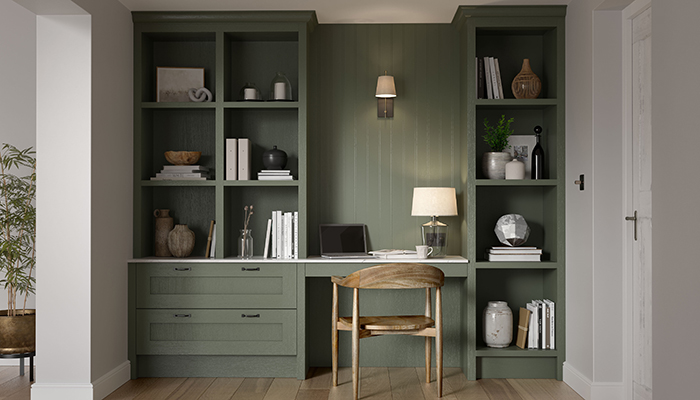
And how else can designers help clients to seamlessly integrate a home office into an existing space? “Alcoves are a fantastic area to plan a home office that neatly fits into a room without taking too much floor space,” says Laura Vaillant, senior product designer at PWS. “Additionally, you will be surprised by the many possibilities of lining one wall in a room with home office furniture, together with utilising the corners of rooms. It is a growing and ever-expanding sector of the market that is excitingly evolving and gaining popularity as recent economic events continue to shape and influence our daily routines.”
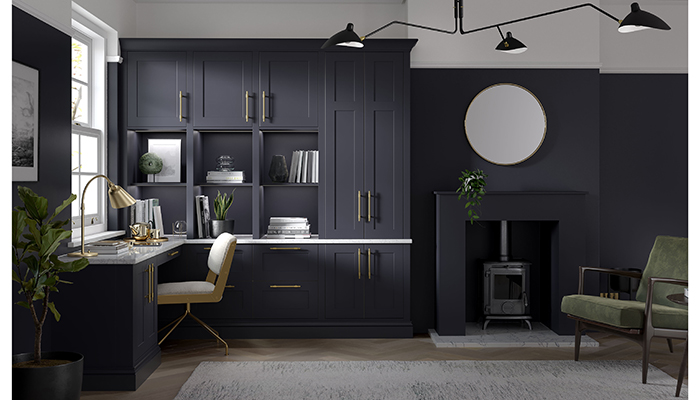
Tags: insight, features, home offices, crown, pronorm, symphony, schuller, masterclass, pws, simon taylor furniture, scavolini, kitchens







